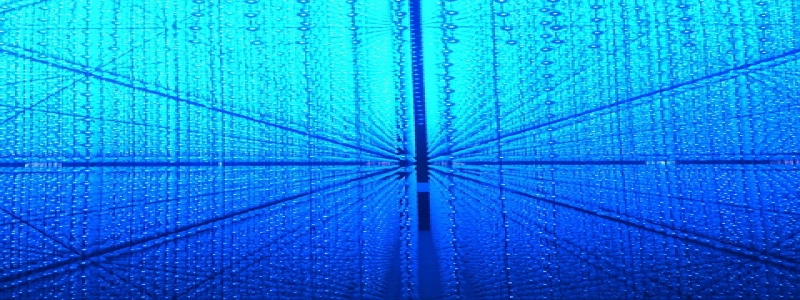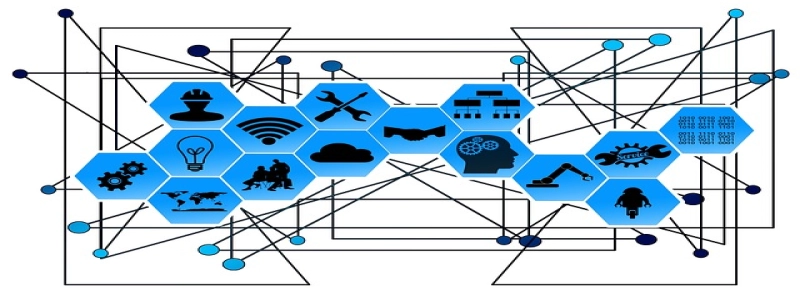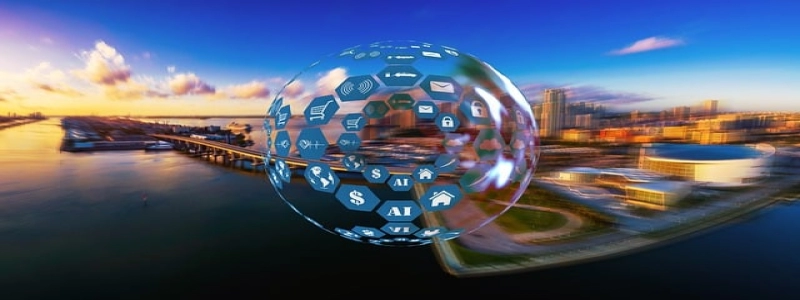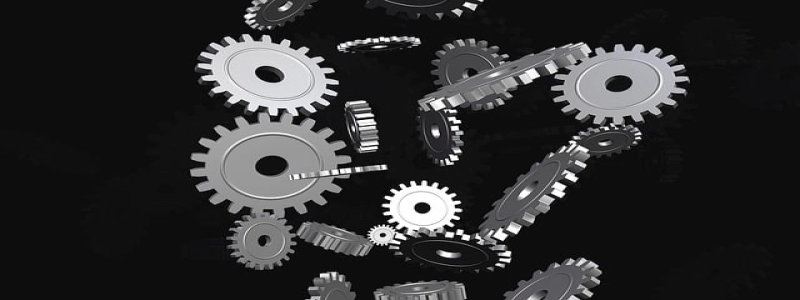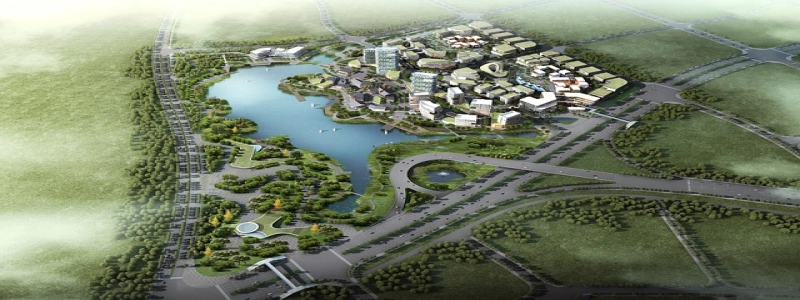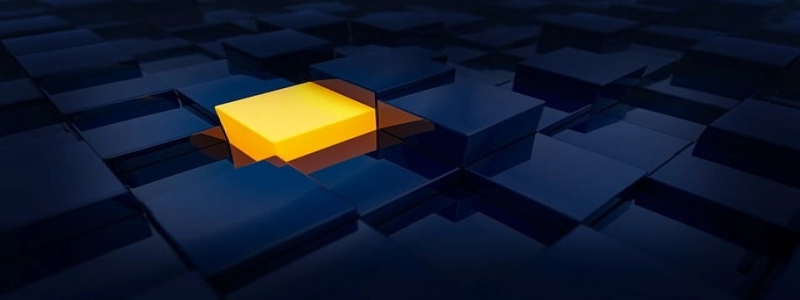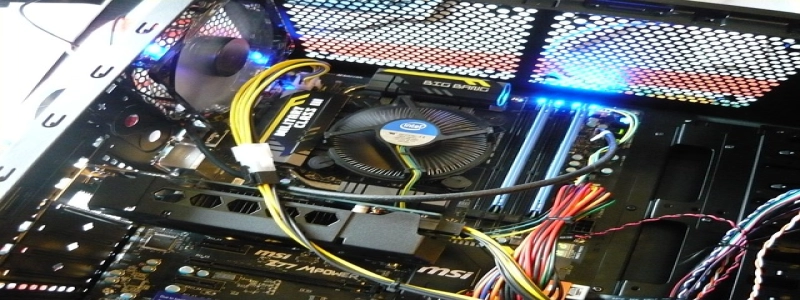Board to Board Connector Types
Introduction
Board to board connectors are essential components in electronic devices and systems. They provide a means of connecting one circuit board to another, enabling the transfer of signals and power between the boards. There are several different types of board to board connectors available, each with its own specific features and uses. In this article, we will explore some common board to board connector types and their applications.
I. Pin Header and Socket Connectors
Pin header and socket connectors, also known as through-hole connectors, are widely used in various electronic devices. They consist of a row of pins on one board and corresponding sockets on the other board. These connectors are simple and reliable, providing a secure connection between the boards. They are suitable for applications that require frequent mating and unmating, such as display modules and computer peripherals.
II. Board-in Connector Systems
Board-in connector systems, as the name suggests, involve one board being inserted into another. These connectors are commonly used for connecting printed circuit boards (PCBs) in stacked or parallel configurations. The connectors usually have multiple rows of contacts, providing a high-density connection. Board-in connectors are often employed in applications where space is limited, such as mobile phones and tablets.
III. Mezzanine Connectors
Mezzanine connectors are designed for connecting daughter boards to a main board. These connectors have a low profile and provide a reliable connection for high-speed signals. They are commonly used in telecommunications equipment, servers, and high-speed computer systems. Mezzanine connectors often feature a combination of signal, power, and ground contacts, allowing for versatile connections.
IV. FFC/FPC Connectors
Flexible flat cable (FFC) and flexible printed circuit (FPC) connectors are used for connecting flexible circuits to rigid circuit boards. These connectors are often found in applications that require bending or twisting of the circuits, such as LCD displays and keyboards. FFC/FPC connectors provide a reliable and compact solution for transferring signals between different types of boards.
V. Board-to-Backplane Connectors
Board-to-backplane connectors are used in systems with a backplane architecture, where multiple boards are connected to a centralized backplane. These connectors offer a high-density solution for transferring signals and power between the boards and the backplane. Board-to-backplane connectors are commonly used in servers, routers, and other complex computing systems.
Conclusion
Board to board connectors play a critical role in enabling the interconnection of circuit boards in electronic devices. They come in various types to suit different applications and requirements. Pin header and socket connectors are reliable and versatile, while board-in connector systems are ideal for space-constrained applications. Mezzanine connectors offer high-speed connections, and FFC/FPC connectors are suitable for flexible circuitry. Lastly, board-to-backplane connectors provide a high-density solution for complex systems. By understanding these different types of board to board connectors, engineers can make informed decisions in selecting the appropriate connector for their specific design.
